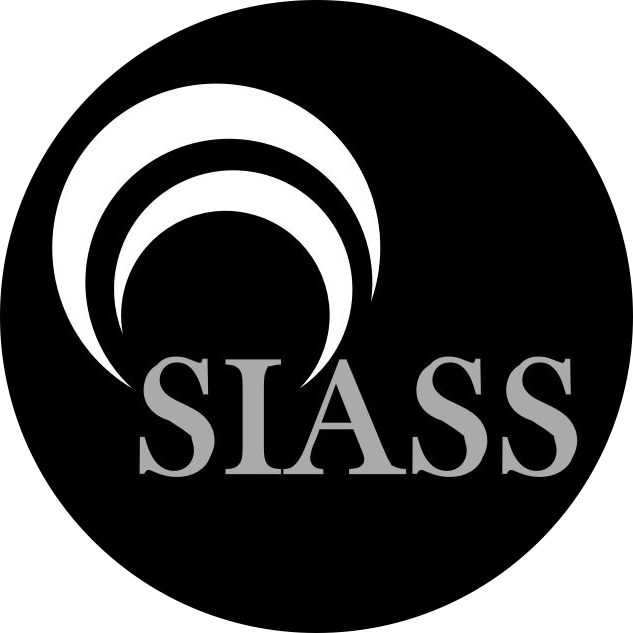Understanding and Preventing Workplace Theft
- SIASS

- Jun 11
- 3 min read
Updated: Aug 26
The Cost of Workplace Theft
Theft in the workplace extends beyond simply taking physical goods. It can include misappropriating time, data, or even intellectual property. According to recent research by Zurich UK, workplace crime—including internal theft—is estimated to cost UK businesses over £190 million per year, with around 42% of fraud cases involving staff. Understanding the various forms theft can take is the first step towards prevention.
Common Types of Workplace Theft
Employee Theft
Employee theft is the direct stealing of items, cash, or resources from the employer. This can range from office supplies to stock or petty cash.
Time Theft
Time theft occurs when employees misreport hours worked, take extended breaks, or engage in ‘buddy punching’ (clocking in for a colleague).
Intellectual Property Theft
Intellectual property theft includes the unauthorized use or removal of confidential business data, trade secrets, or proprietary systems. This often happens when an employee leaves the organisation.
Identifying Potential Risks
Early detection is vital. Common warning signs include:
Discrepancies in stock levels
Unexplained cash shortages
Changes in employee behaviour (e.g., increased defensiveness or secrecy)
Regular audits, unannounced spot checks, and establishing clear internal reporting procedures can significantly reduce opportunities for theft.
The Role of Surveillance and Monitoring
Strategic use of CCTV and other monitoring tools can serve as a powerful deterrent. Installing cameras in key areas not only discourages theft but also provides crucial evidence if an incident occurs. However, ensure compliance with GDPR and relevant employment laws when implementing surveillance measures.
Raising Awareness Through Training
Education is key. Training programmes should cover:
Company policies regarding theft and misconduct
The wider impact of theft on morale and company performance
Procedures for reporting suspicious activity
Incorporating these into onboarding processes and refresher sessions helps embed a culture of integrity from the outset.
Creating a Positive Workplace Culture
A respectful, transparent, and engaging work environment reduces the likelihood of internal theft. When employees feel valued and supported, they’re far more likely to act in the company’s best interest.
Building Trust and Open Communication
Encourage employees to speak openly about concerns. Make it clear that reports of misconduct will be taken seriously. Consider implementing anonymous reporting systems to empower staff to raise issues without fear of reprisal.
Recognising Ethical Behaviour
Reinforce positive actions by acknowledging staff who demonstrate honesty and reliability. Initiatives like ‘Employee of the Month’ or peer-nominated awards can help promote ethical conduct across your organisation.
When to Call in the Professionals
If internal measures aren’t sufficient—particularly in cases involving large losses or suspected criminal activity—it may be time to engage professional investigators.
Organisations such as SIASS provide discreet, experienced support to help businesses uncover and address internal theft. These professionals can conduct interviews, gather evidence, and produce comprehensive reports that support disciplinary action or legal proceedings.
Prevention Strategies for Workplace Theft
Implementing Clear Policies
Establish clear policies regarding theft and misconduct. Ensure that all employees are aware of these policies and the consequences of violating them. Regularly review and update these policies to adapt to changing circumstances.
Conducting Regular Training Sessions
Hold regular training sessions to reinforce the importance of ethical behaviour and the impact of theft on the organisation. This can help keep the issue at the forefront of employees' minds.
Encouraging Employee Engagement
Foster a culture of engagement where employees feel they have a stake in the company's success. When employees are invested in their work, they are less likely to engage in dishonest behaviour.
Monitoring Employee Performance
Regularly monitor employee performance and behaviour. This can help identify potential issues before they escalate into theft or misconduct.
Conclusion: Prevention Is Better Than Cure
Workplace theft poses a real threat, but with the right systems in place, businesses can mitigate this risk. From surveillance and training to fostering a positive working environment and knowing when to seek professional help, proactive measures make all the difference.
Ultimately, a workplace built on trust, transparency, and strong values is not only more secure—but also more productive and resilient.




Comments